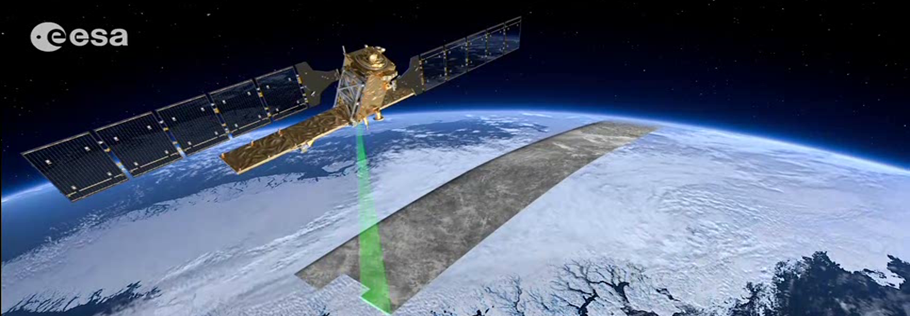
LEARNING OUTCOMES
- After the course the student is ready to work with microwave remote sensing data in a research project.
- He/she can classify microwave instruments used in remote sensing, explain their functioning principles, sketch the structure, and calculate key performance parameters.
- The student understands the physics of microwave interaction with natural medium and can interpret target properties based on measured microwave signatures.
- He/she can distinguish between electrical properties of snow, water and soil. The student can make a basic interpretation of typical features in microwave radar and radiometer images.
Credits: 5
Schedule: 13.09.2021 - 16.12.2021
Teacher in charge (valid for whole curriculum period):
Teacher in charge (applies in this implementation): Jaan Praks, Miina Rautiainen
Contact information for the course (applies in this implementation):
CEFR level (valid for whole curriculum period):
Language of instruction and studies (applies in this implementation):
Teaching language: English. Languages of study attainment: English
CONTENT, ASSESSMENT AND WORKLOAD
Content
valid for whole curriculum period:
- Microwave interaction with nature. Dielectric properties of natural media.
- Blackbody radiation, emission, scattering, absorption, backscattering.
- Radiative transfer, radar equation.
- Microwave radiometer and radar; components, structure and performance parameters.
- Synthetic aperture radar, interferometric radiometer, image formation.
- Interferometry, polarimetry, polarimetric interferometry.
- Image interpretation and applications.
- Missions and sensors.
Assessment Methods and Criteria
valid for whole curriculum period:
Homework exercises, project work and examination.
Workload
valid for whole curriculum period:
Contact teaching 54 h. Independent work 54 h (exercises). Remote sensing image analysing project 25 h.
DETAILS
Study Material
valid for whole curriculum period:
Lecture slides. Fawwaz T. Ulaby and David G. Long, "MICROWAVE RADAR AND RADIOMETRIC REMOTE SENSING".
Substitutes for Courses
valid for whole curriculum period:
Prerequisites
valid for whole curriculum period:
SDG: Sustainable Development Goals
9 Industry, Innovation and Infrastructure
13 Climate Action
FURTHER INFORMATION
Further Information
valid for whole curriculum period:
Teaching Period:
2020-2021 Autumn I-II
2021-2022 Autumn I-II
Course Homepage: https://mycourses.aalto.fi/course/search.php?search=ELEC-E4230
Registration for Courses: In the academic year 2021-2022, registration for courses will take place on Sisu (sisu.aalto.fi) instead of WebOodi.
WebOodi
